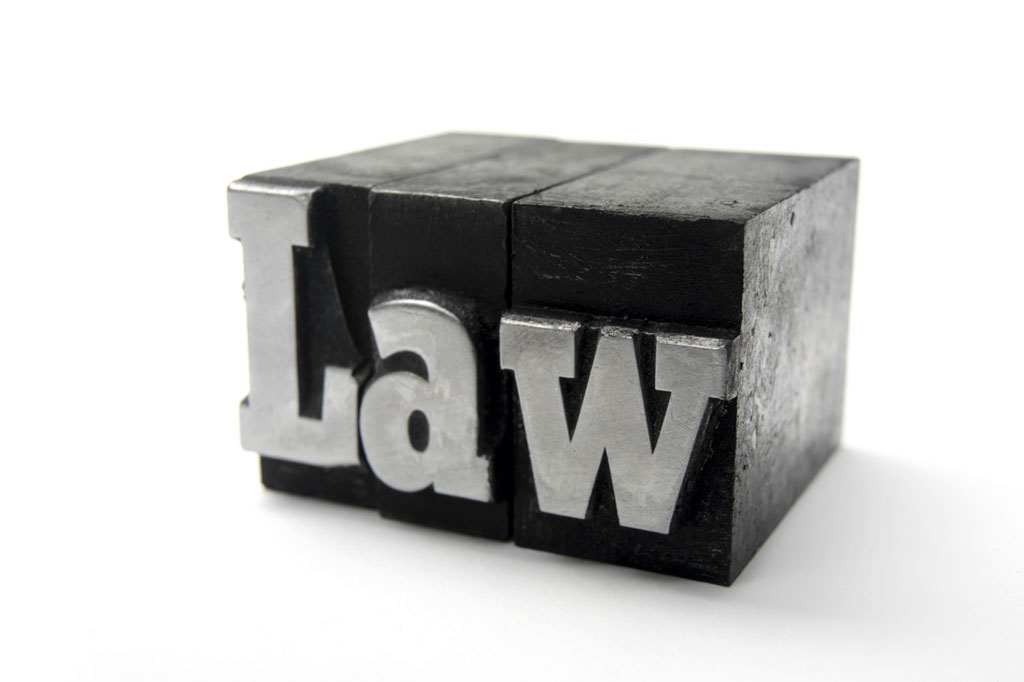
Typeface in legal documents should not be underestimated, says Athelstane Aamodt
How much thought do you put into the typeface that you use to draft documents? Or the typeface that features on your writing-paper or business cards? Or the layout of your written work generally? If the answer is “none whatsoever”, then you might want to reconsider.
Typography matters a very great deal, and it should matter especially to lawyers. After all, we spend a great deal of our professional lives writing, whether it is a short e-mail or a skeleton argument for a hearing in the Court of Appeal. Our writing is important. And that makes typography important; the clear, elegant, easy-on-the eye written expression of an argument is going to be better appreciated and more easily digested.
Comic capers
Let me give an example: I once received a draft settlement agreement drafted by an opposing lawyer that was set in Comic Sans. In case you don’t know what Comic Sans is, fire up Microsoft Word and have a look at







.tmb-mov69x69.jpg?sfvrsn=3d1684d4_1)

